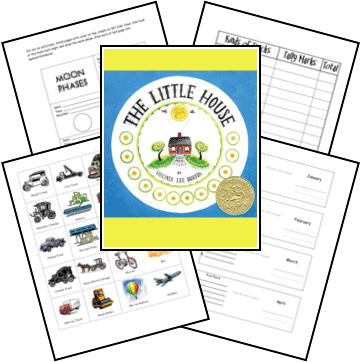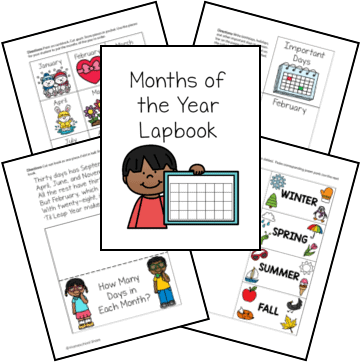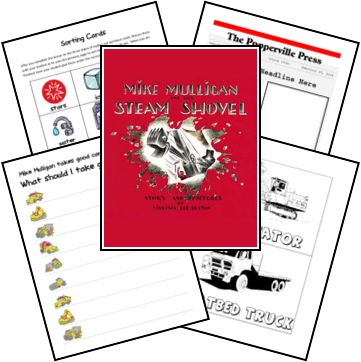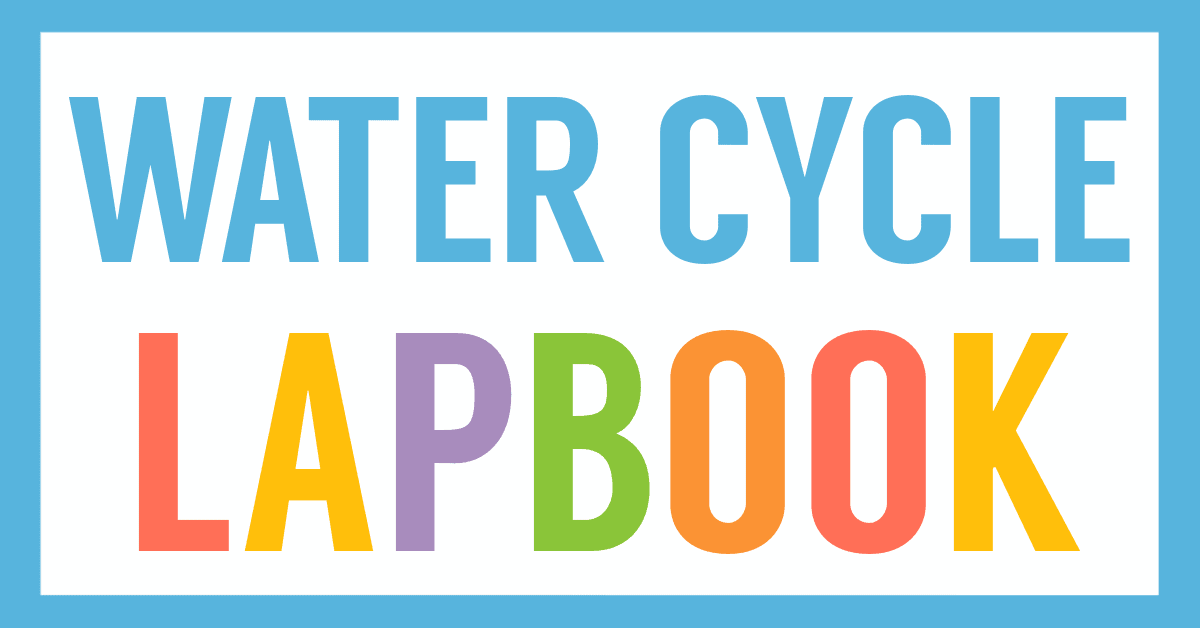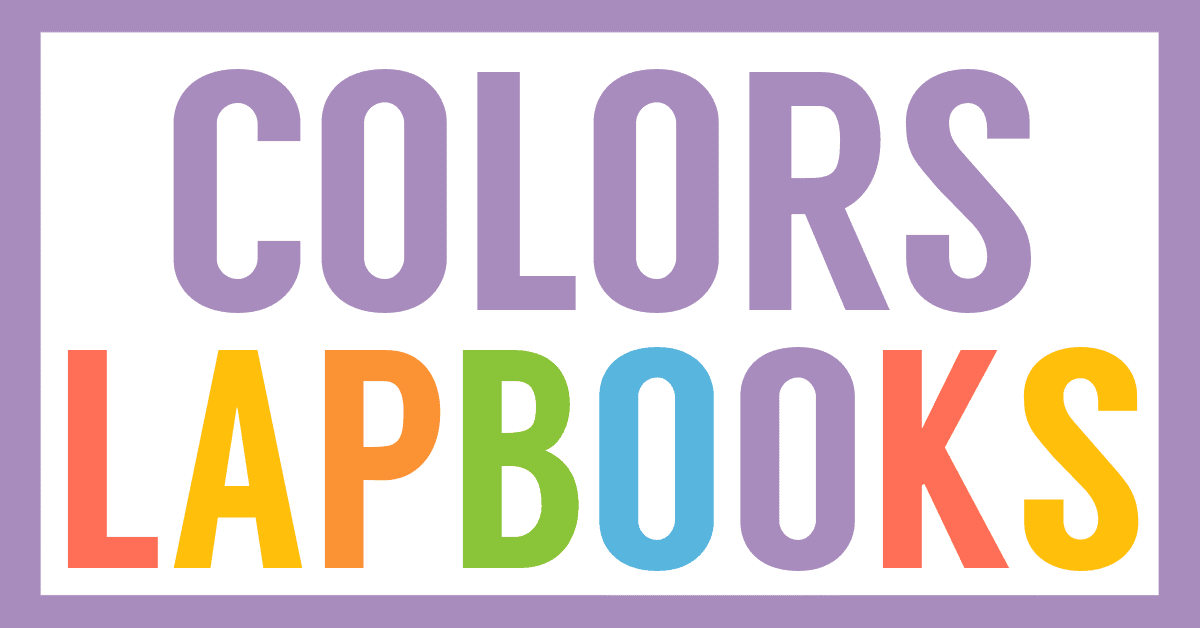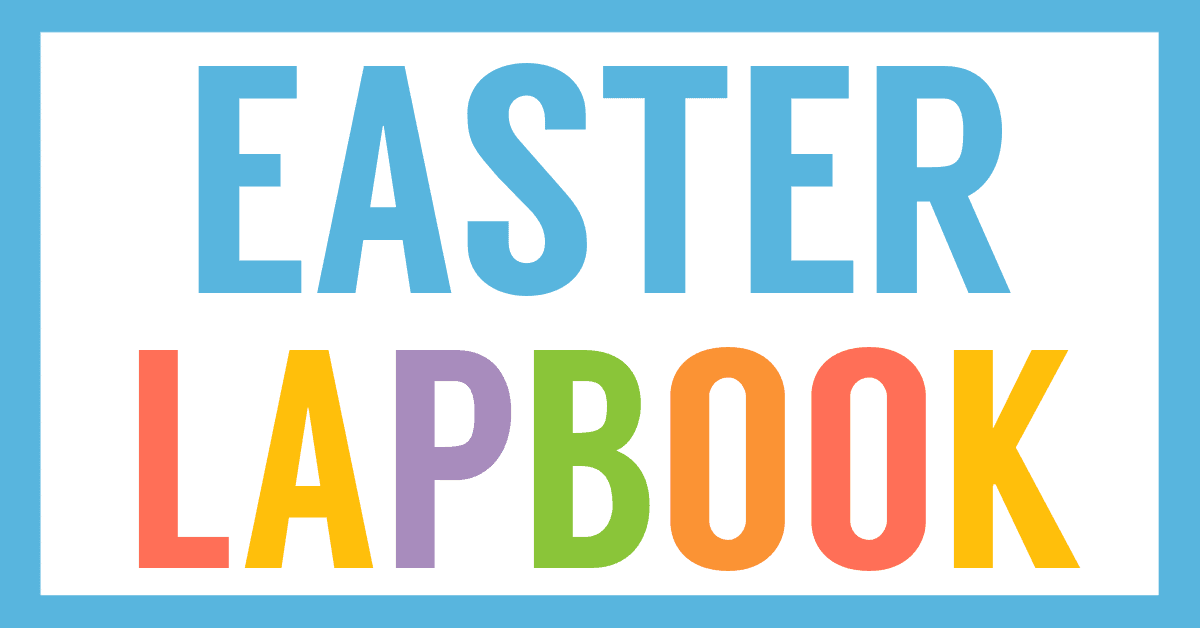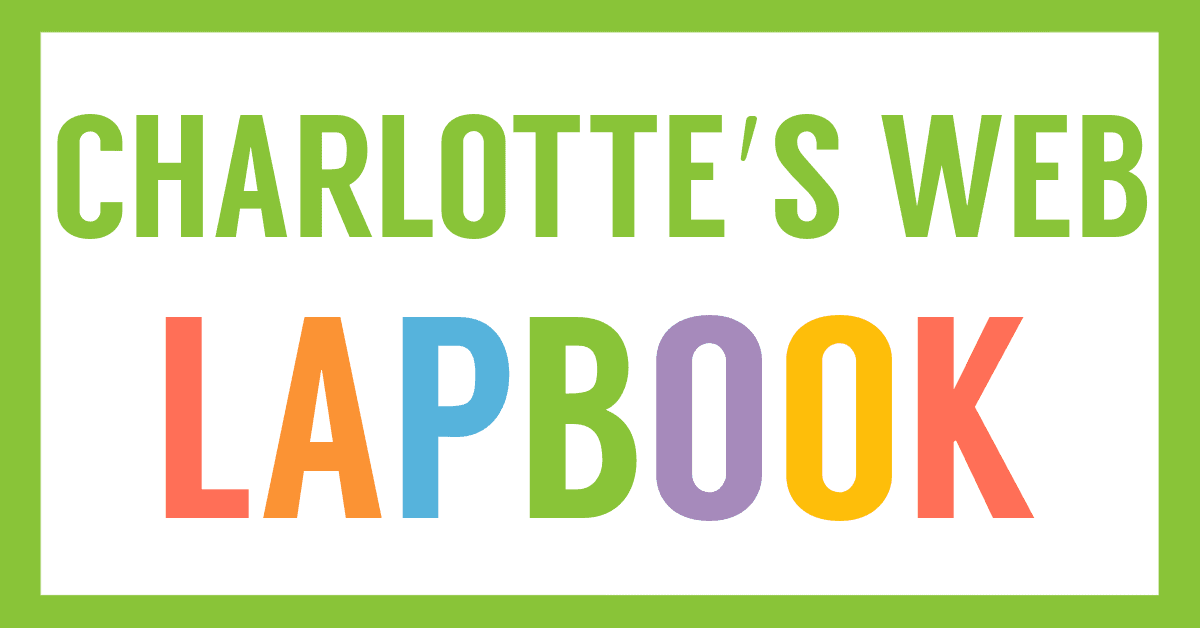Affiliate Disclaimer
We sometimes use affiliate links in our content. This won’t cost you anything, but it helps us to keep the site running. Thanks for your support.
This unit study includes lessons and printables based on the book The Little House by Virginia Lee Burton.
A poignant story of a cute country cottage that becomes engulfed by the city that grows up around it. The house has an expressive face of windows and doors, and even the feelings of a person, so she’s sad when she’s surrounded by the dirty, noisy city’s hustle and bustle: “She missed the field of daisies and the apple trees dancing in the moonlight.”
Fortunately, there’s a happy ending, as the house is taken back to the country where she belongs.
Thanks to Heidi Jasper, Wende, and Kimberly K. for creating the lessons and printables for this The Little House unit study.
The Little House Unit Study Lessons
Here are some sample lessons from the The Little House Unit Study.
Social Studies: Rural Life and City Life
Discuss rural and city life with your student. You may want to make a list.
Heidi’s note–we just discussed what it was like in the book and the difference between our home (city) vs. at Grandma’s house (rural) with what we smell, see, hear (and made lists). City–see lots of cars, houses lining streets, people of different colors and religions, tall buildings, street lights, and flowers growing in planters; smell exhaust, sewers, and asphalt; hear semi-trucks, sirens, lawnmowers, and planes. Rural–see cows, fields, deer, flowers growing along the narrow roadway, hawks gliding on the wind, and trees; smell manure, grass, corn, flowers, and hay; hear birds, cows, owls, horses, and tractors.
A fun go-along may be Town Mouse, Country Mouse by Jan Brett.
Social Studies: Progress (Transportation)
Progress is described as the gradual development and improvement of civilization. In The Little House we see the progression of the countryside turned to city streets, through the eyes of a house. Do you think the Little House saw this as progress? We have also seen throughout this story the progress that transportation has made throughout history, both in modes of personal and public transportation. As you read through the story with your child, and observe the vehicles on the inside covers, you may want to expand upon the history of these modes.
Science: Moon Phases
From Earth, we can only see one side of the moon (one side is always in shadow) because the moon rotates once on its axis every time it travels around Earth. The side that we can see seems to change. However, the moon doesn’t really shrink and grow. The moon reflects sunlight. The amount of reflected sunlight we get to see in our night sky depends upon the position of the Earth, the moon, and the sun so varying portions of the moon’s lighted side face Earth at different times. The phases include the new moon, crescent moon, half moon, and full moon. (If your student is too young to understand the above concepts, simply mention that the moon doesn’t really shrink. It appears to shrink because at different times it reflects different amounts of sunlight.)
Your young astronomer may want to watch the night sky for a month and chart the moon (on the nights he can see it) as it goes through its cycle.
Math: Calendar Skills
This story is a good opportunity to review calendar skills. The Little House takes notice that day follows day, night follows night, and season follows season. How many days in a week? How many days are in each month? How many days in a year? What season does each of the months fall under?
You can grab a copy of the entire The Little House Unit Study and Lapbook in an easy-to-print file at the end of this post.
The Little House Lapbook Printables
In addition to the unit study lessons, this file also includes these printables for your student’s The Little House Lapbook:
- Kinds of Transportation Tri-fold Book
- Trains Tab Book
- Months of the Year Mini-books
- The Sun Simple Fold Book
- Moon Phases Mini-book
- History of Transportation Flap Book
- Kinds of Trucks Activity Page and Pocket
How to Get Started with Your The Little House Unit Study & Lapbook
Follow these simple instructions to get started with the The Little House Unit Study:
- Buy a copy of the book, The Little House, or borrow one from your local library.
- Print the The Little House unit study.
- Choose the lessons you want to use with your student (a highlighter works great for this).
- Choose and prepare the lapbook printables you want to use with your student.
- Enjoy a week of learning with The Little House.
Get Your Free The Little House Unit Study & Lapbook
Simply click on the image below to access your free The Little House Unit Study and Lapbook.

